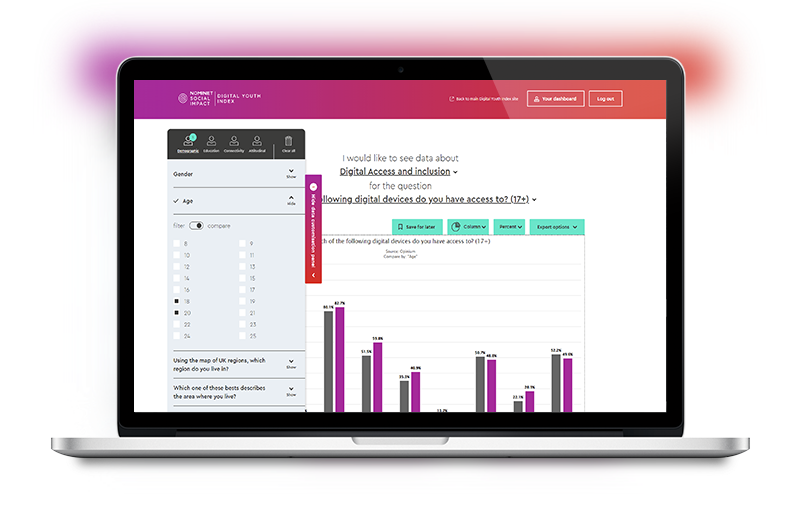A huge part of the user experience for young people like Bailey needs to accommodate our finding that almost a third of those using online services (32%) did so because they could remain anonymous, which contributes to a feeling on empowerment. This raises questions for service providers: do young people understand what happens to their data and whether they really are searching anonymously? Do young people feel like they have a choice when it comes to what data they have to share to explore service options? Do service providers do enough to make privacy clear and in plain language? What are the links we need to make between online safety and accessing services?
As part of the 2021 report, research conducted with young people living with cognitive disabilities and their parents highlighted additional barriers to accessing online services faced by those with added support needs. These real-life issues were identified within the research:
“Everything you do should have a disability friendly part. It can be awful sometimes and puts me off [using websites]. Also, I would like it to just be accessible [and] not a special thing you have to draw attention to. I don’t want to be treated different (sic)…”
Bailey explains that even more routine tasks are not always straightforward. She refers to the specific example of online shopping, something which many people her age seem to excel at and enjoy. When searching for particular items her spelling may be incorrect, and this often leads to unrelated or no results without an alternative search option, such as being presented with the opportunity to say it aloud. She explains how this frequently becomes incredibly frustrating and disheartening, subsequently meaning she ends up closing the app or browser and not buying anything.
The extent to which online spaces are designed with inclusivity in mind is an ongoing battle, particularly as it determines the meaningful use of digital resources by young people in all their diversity. There is still a long way to go in consulting the relevant people who are affected on a daily basis, and then adapting services accordingly. Access to digital technology is not a linear process; while a young person may own or have access to a device, there is a complex multiplicity of factors and barriers which can intersect and prevent their experience from being a positive or successful one.
With the urgent need to make sure that educators, policymakers, digital services companies, parents, and young people themselves are better informed and resourced, we hope that the 2021 report, along with our custom data visualisation tool, will identify which young people are most at risk of being digitally excluded and set a benchmark for us to measure how these things change over time. This case study and related insights illustrate how providers of online services must do more in order to be inclusive of all audiences and make each and every young person’s experience online a user-friendly one.
Share this article







